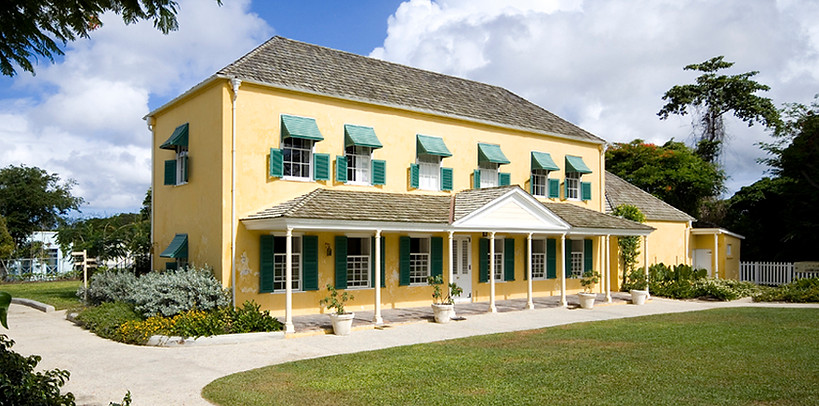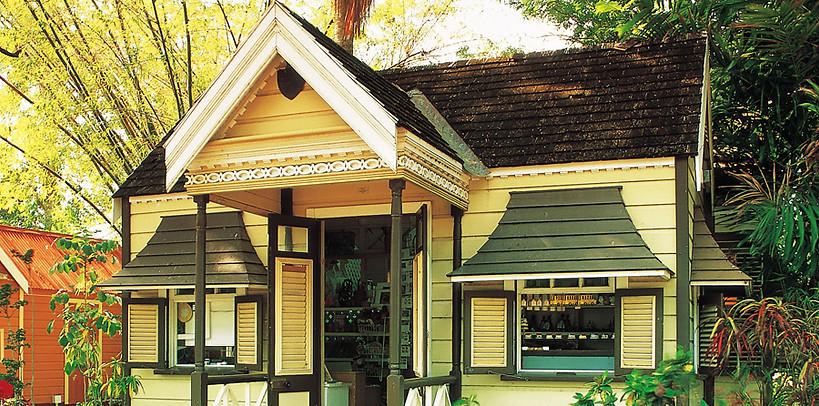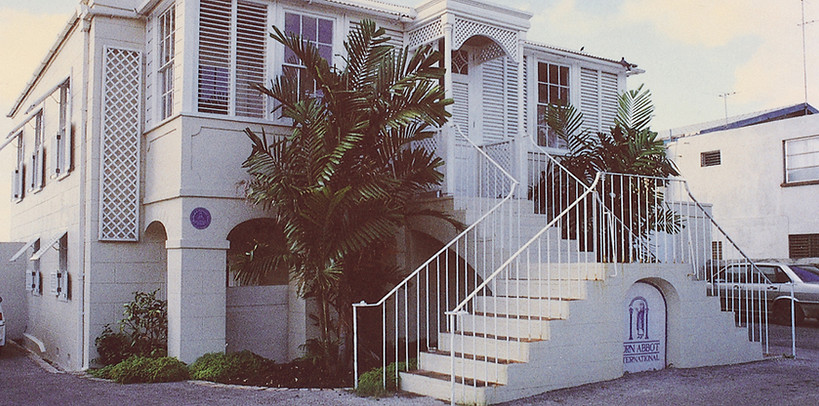Restoration of Historic Building
Why Bother?
BY M. BRUCE JARDINE, BARCH
JANUARY 20, 2015

Whenever it is proposed that an old building be saved from demolition and instead be preserved and restored for future generations to appreciate, the standard cry that goes up in Barbados is “Why! It’s just an old building that has outlived its useful life.” And then comes the usual response of “Barbados is a tourist destination and preserving our history provides an added reason for tourist to make Barbados their destination of choice. But let’s face it, most tourists come to Barbados for sea, sun and sand, few come here for our history and unless an historic site appeals to a specific niche market to maintain it, it is unlikely to succeed.
Also, unlike Europeans and North Americans, most Barbadians are ignorant of their history, which is understandable since for the first 350 years of settlement, 95% of our population was taught that their history was heathen, horrible and irrelevant while the other 5% were taught that their motherland was England. As a result, our history is not widely known or appreciated and much of our built heritage is either rotting through neglect or being actively torn down as a result.
Fortunately, there is a now ever growing core of Barbadians who are interested in things Barbadian and organizations such as the Barbados Museum & Historical Society and the Barbados National Trust have done tremendous work over the years to preserve our heritage. Added to this now, our schools, the University of the West Indies and the Barbados Community College are increasingly focusing more on Barbadian history and culture and this has resulted in a wider cross section of Barbadians appreciating that their Barbadian identity as something to be proud of.
I say we restore Barbados’ built heritage for us Barbadians first, as a representation of our Barbadian identity and our appreciation of our culture, history and the forces that have shaped us. After all these structures were in most cases designed by Barbadians and built by Barbadians, for Barbadians.
So What To Restore:
Age
Clearly, every old building cannot be kept but let us also acknowledge that not every building makes it to 100 years old, while not many make it up to 200 years old and very few make it to 300 years old. So the older a building is makes it more important to preserve.
St. Nicholas Abbey
History
The specific history of a building can also make it important. The Barbados Government and the Barbados National Trust recently combined to restored Bush Hill House, the place where George Washington stayed whilst in Barbados in 1771. Also saved twenty years earlier was Tyrol Cot, the home of Sir Grantley and Lady Adams, along with many of their possessions and memorabilia.

George Washington House
But what about some others:
1. Culloden Farm (c1790):

The official residence of the first Prime Minister of Barbados. Wouldn’t it make a fabulous museum to the Barbados’ quest for independence, the people and events leading up to Independence and our first elected Government. All Barbadians know about Errol Barrow but how many remember Cameron Tudor?
2. The Eyrie:

The home of Sir Conrad Reeves, Barbados’ first black Attorney General and first black man to be knighted in Barbados. This beautiful building is now falling to pieces.
Style
We all know the iconic Barbadian decorated Chattel House. But how many of us have seen one recently. Many of the base structures remain but the vast majority of the “gingerbread” work and entrance porticos have now gone. Thank god for the Barbados National Trust and the authentic copies of various chattel houses they had built on the grounds of Tyrol Cot.

Tyrol Cot
There is also the traditional Barbadian Town House, now most commonly seen along Hastings Main Road. Fortunately, some of these still remain. But also going fast now is the 1920’s/1930’s typical coral stone, hipped roof bungalow, with patio to the front not yet considered an important style but many were very attractive.

Villa Franca
How to Restore:
Research
Research of a building is essential prior to starting any restoration works. Old photos, written descriptions and local knowledge can be invaluable. The 1804 drawing of Bush Hill House, by Charles Shipley, provided the original design of the front entrance portico, the layout of the kitchen and the location of the stairway, all of which had unfortunately been removed.

Plan of George Washington House
Importance
Determine what aspects of the building are of particular importance. The Barbados National Trust can be particularly helpful here. In The Masonic Lodge ground floor, the central timber columns, the main beam and the perimeter floor supports to the first floor were considered very important.

Masonic Lodge during renovation
Authenticity
When replacing an element lost over time with no record, copy authentic detailing of similar items from the same period. At Arlington House, no record of the Georgian / Victorian balcony existed, so a balcony on a nearby derelict building was copied. That building has now gone but its balcony design lives on.

Arlington House
Materials
Use authentic salvaged period items wherever possible. In the kitchen of Bush Hill House we reused salvaged flagstones, bricks, sink and the timber beam to the fire hearth. The ovens and hearth were rebuilt to the original layout.

Bush Hill House
Colours
Match colours of paint from samples taken from the building. Don’t just paint an historic building your favourite colours. At the Pavilion brick red and cream were shown to be the original Garrison building colours not the burgundy and white that the other Garrison buildings are now painted.

The Pavilion
Do Not Redesign
Do not redesign the building unless required to do so for a specific purpose. At The Masonic Lodge a new stairway and lift were essential and the main entrance to the building needed to be orientated towards the Barbados Central Bank side of the building, it originally faced the area that is now the car park of the St. Michael’s Cathedral.

The Masonic Lodge
But most important, be true to the building’s history, style and age whenever possible but remember that a building generally is not a static object. It may have had many owners over its life span who may have altered it to suit their time and lifestyle. So be careful when removing what you consider to be irrelevant as opinions may change with the next generation.